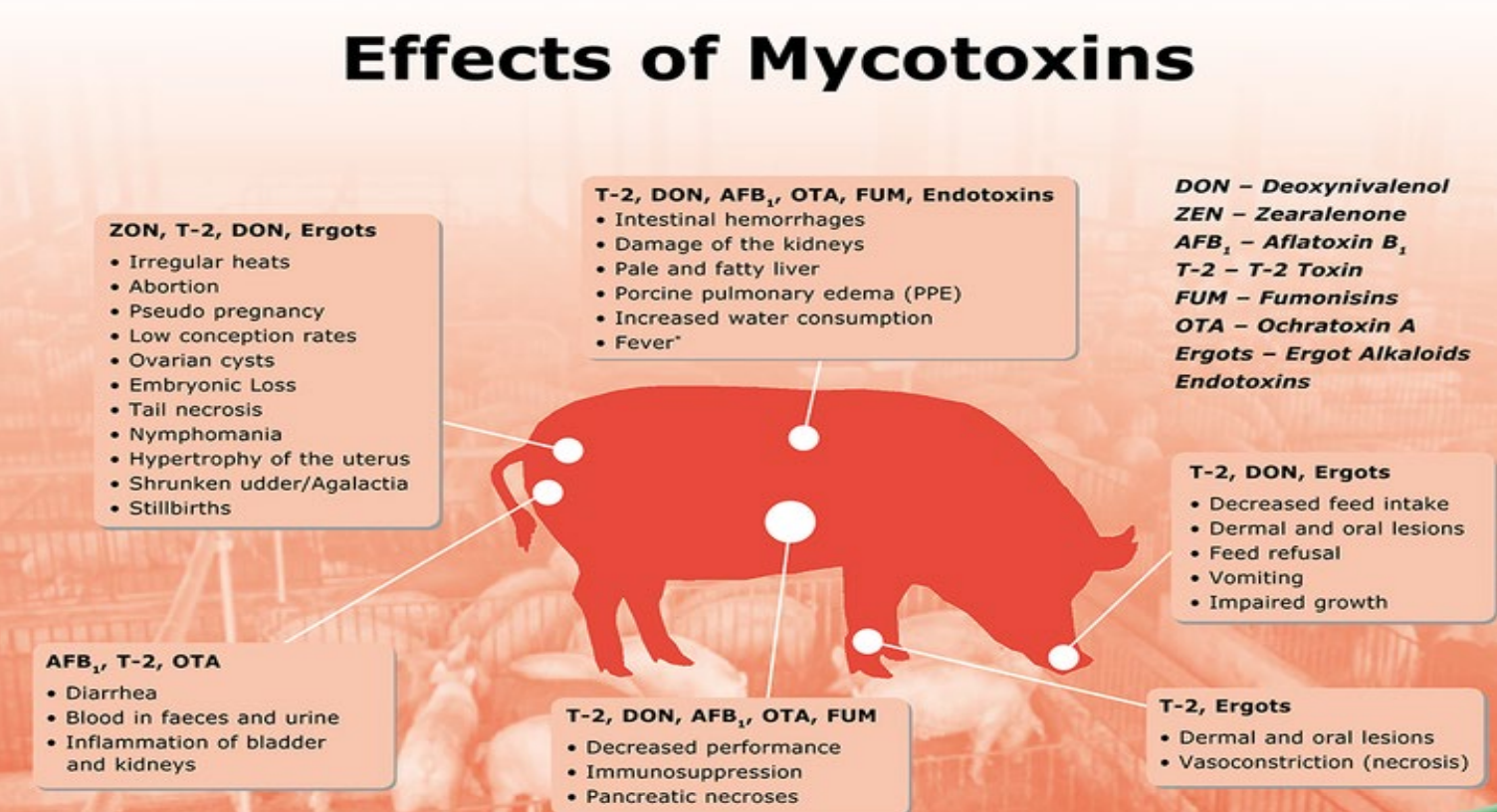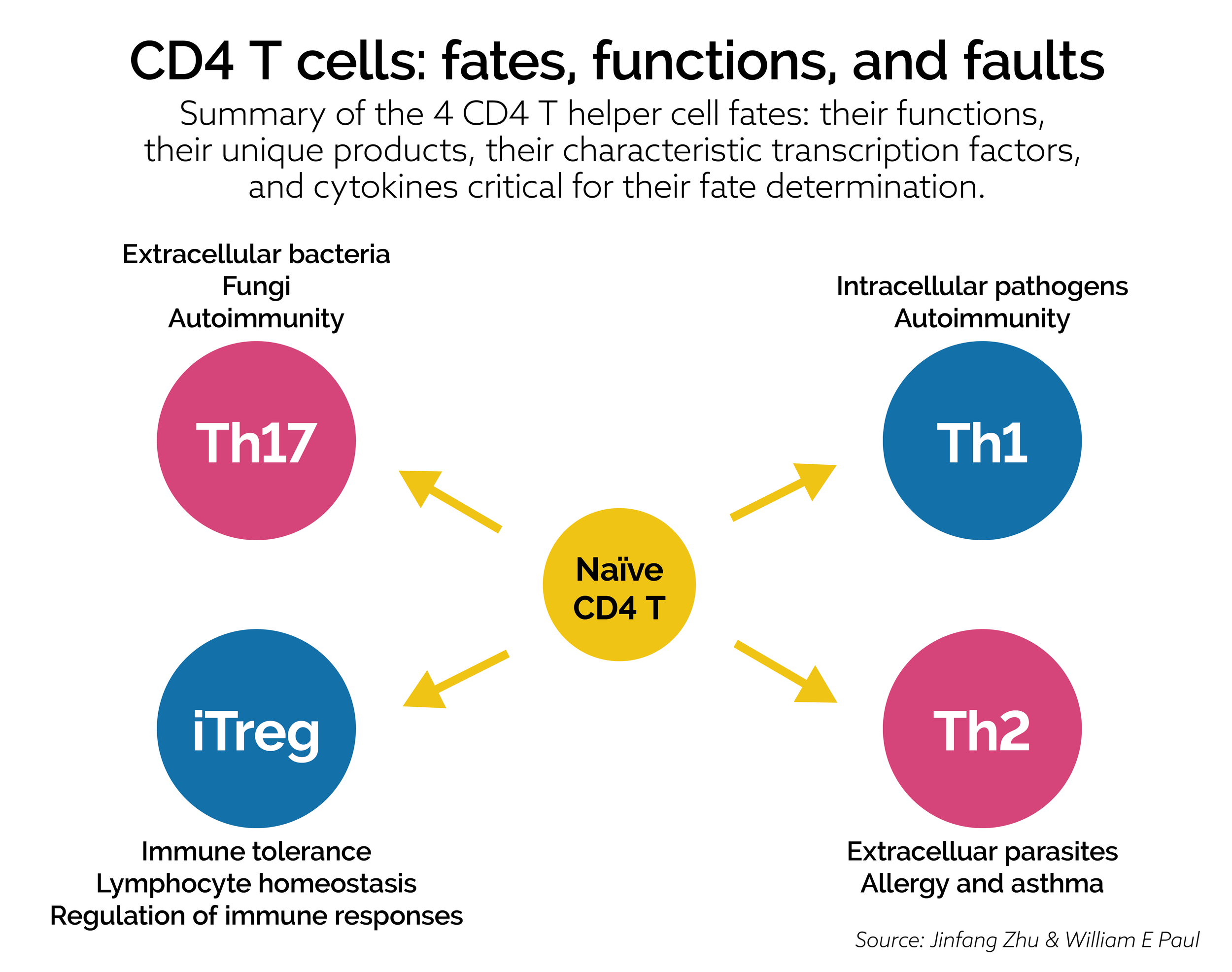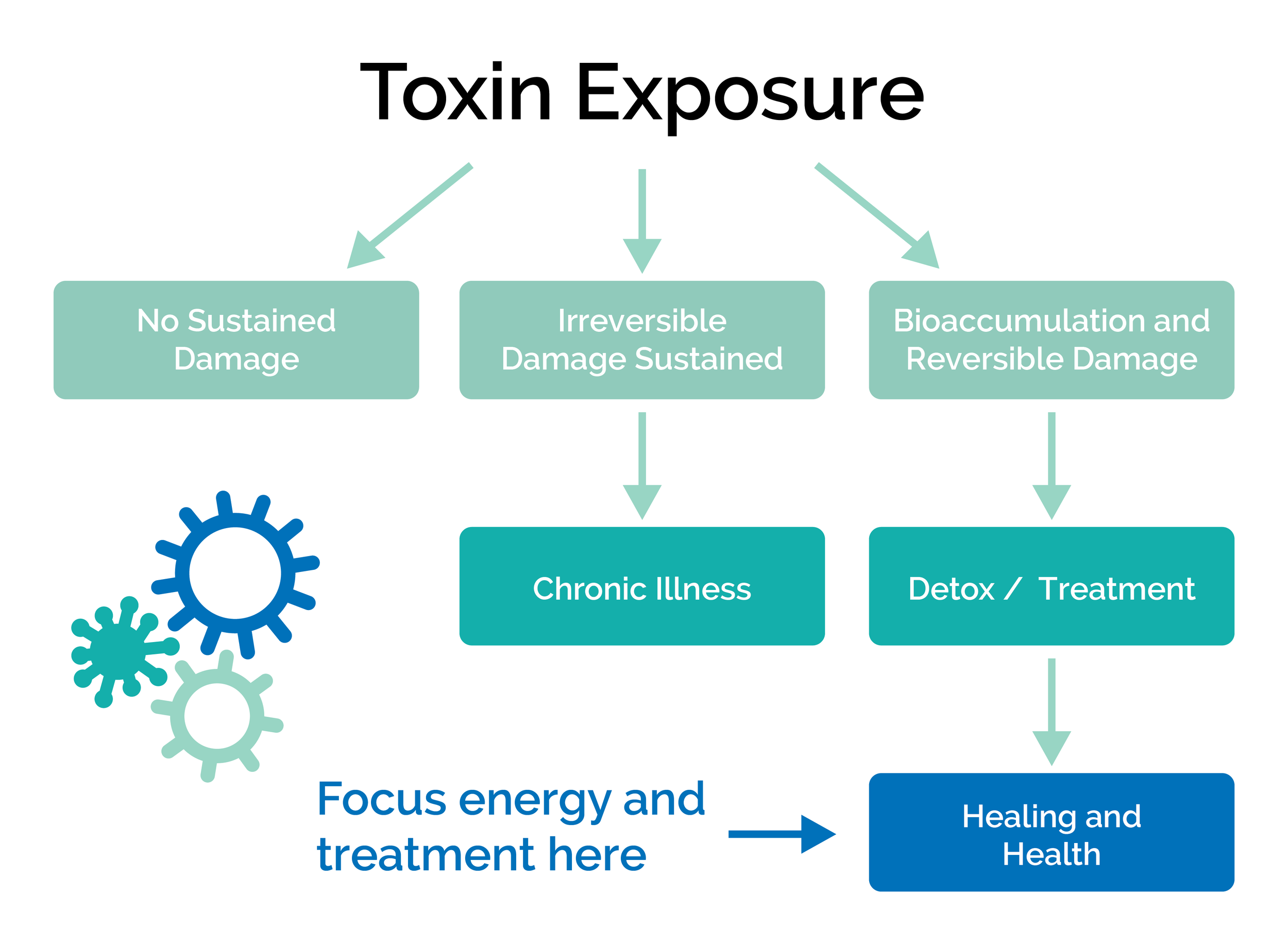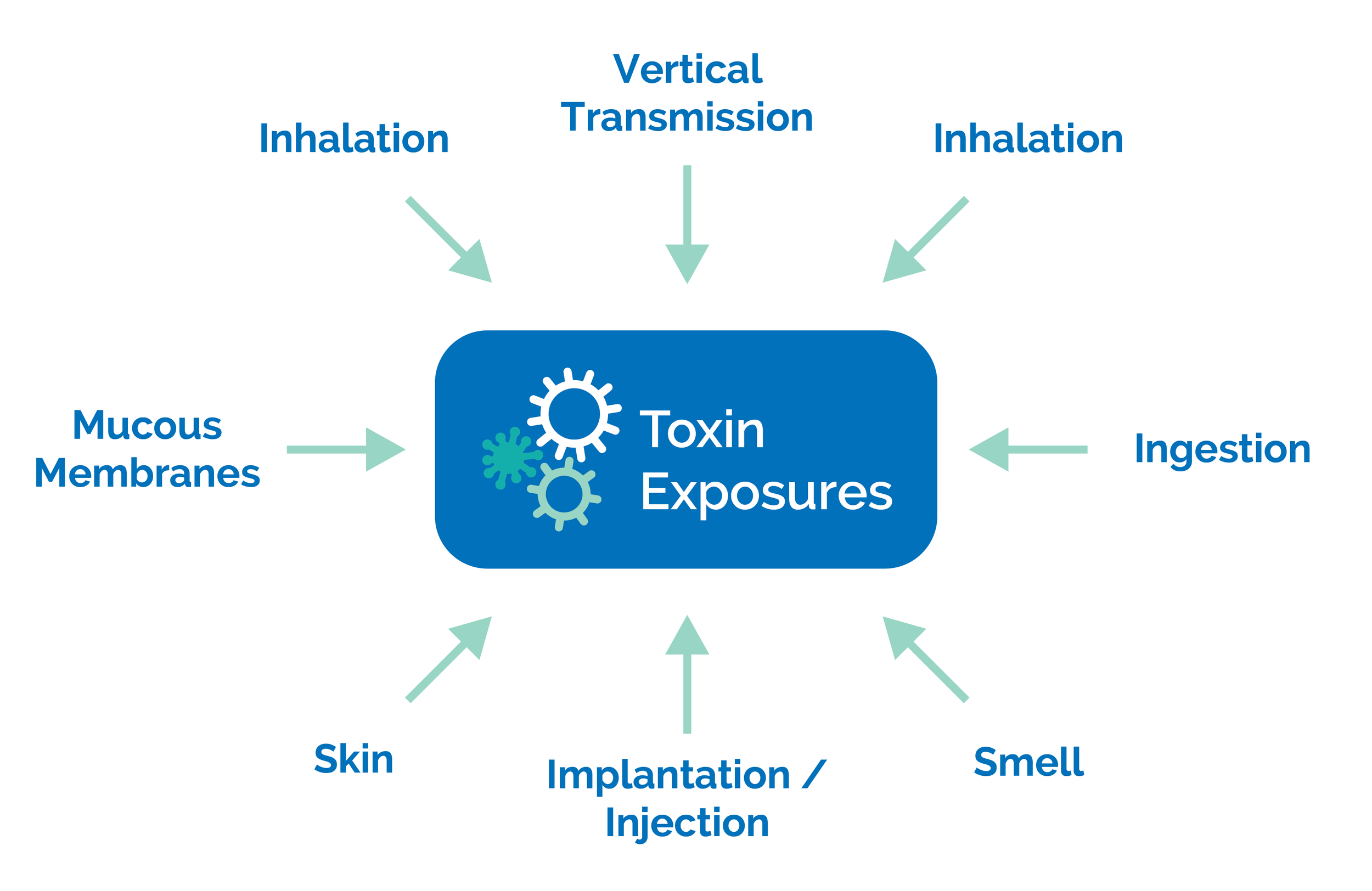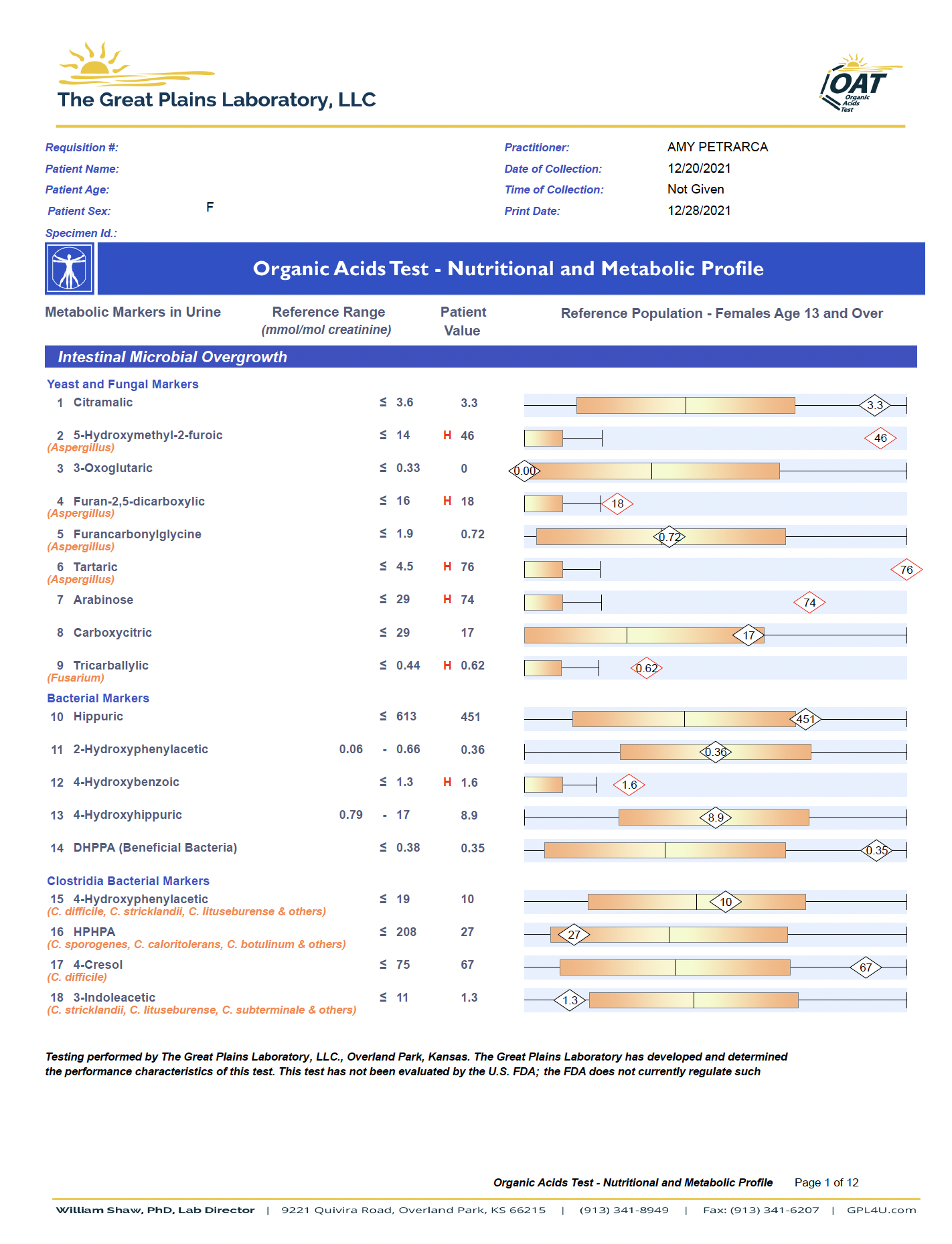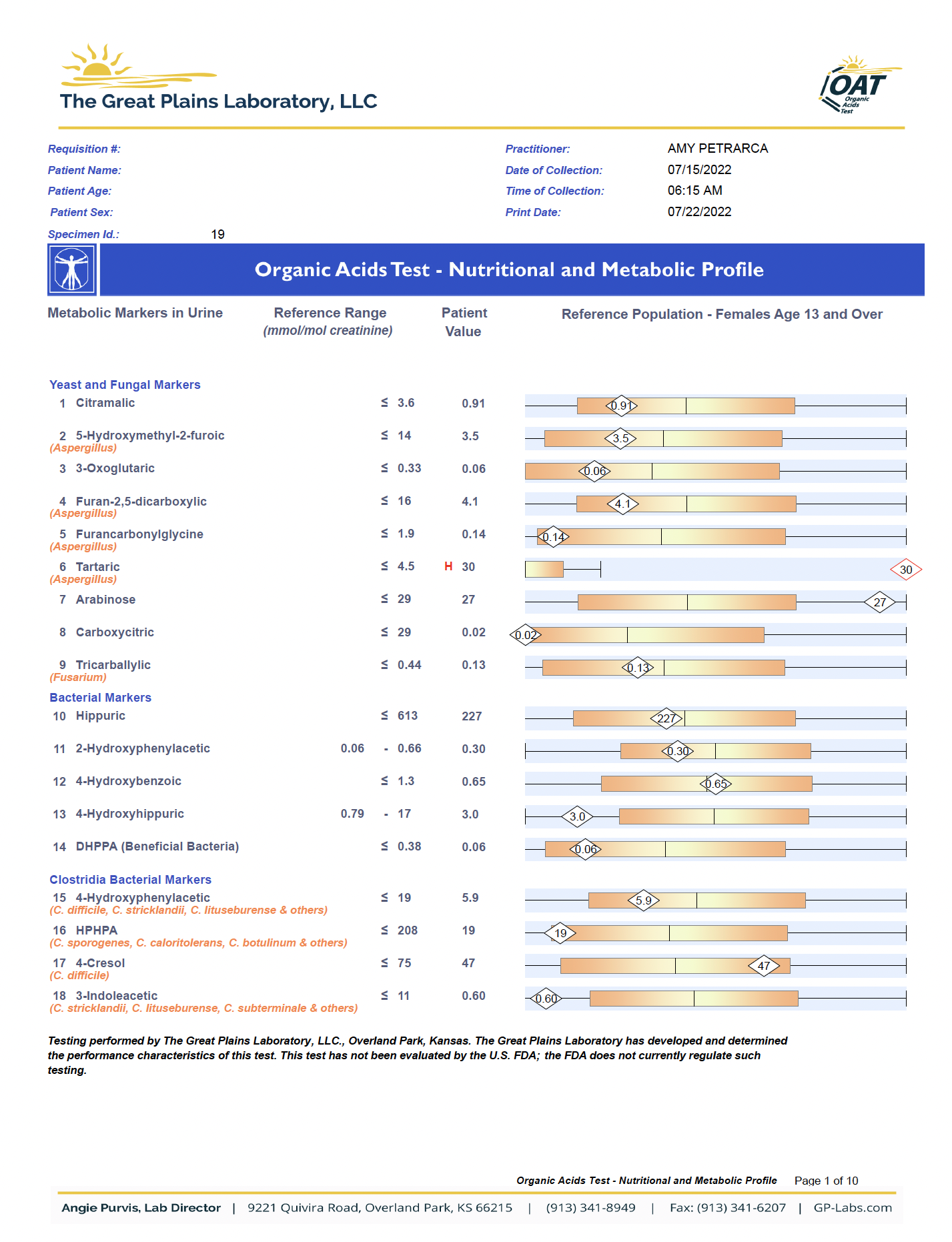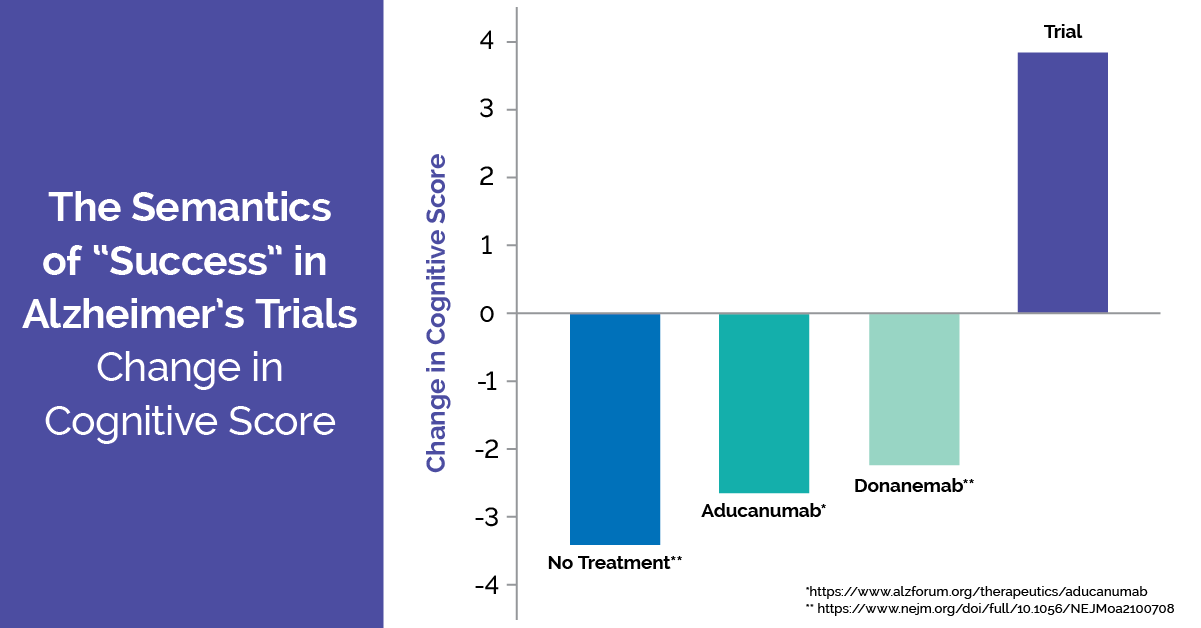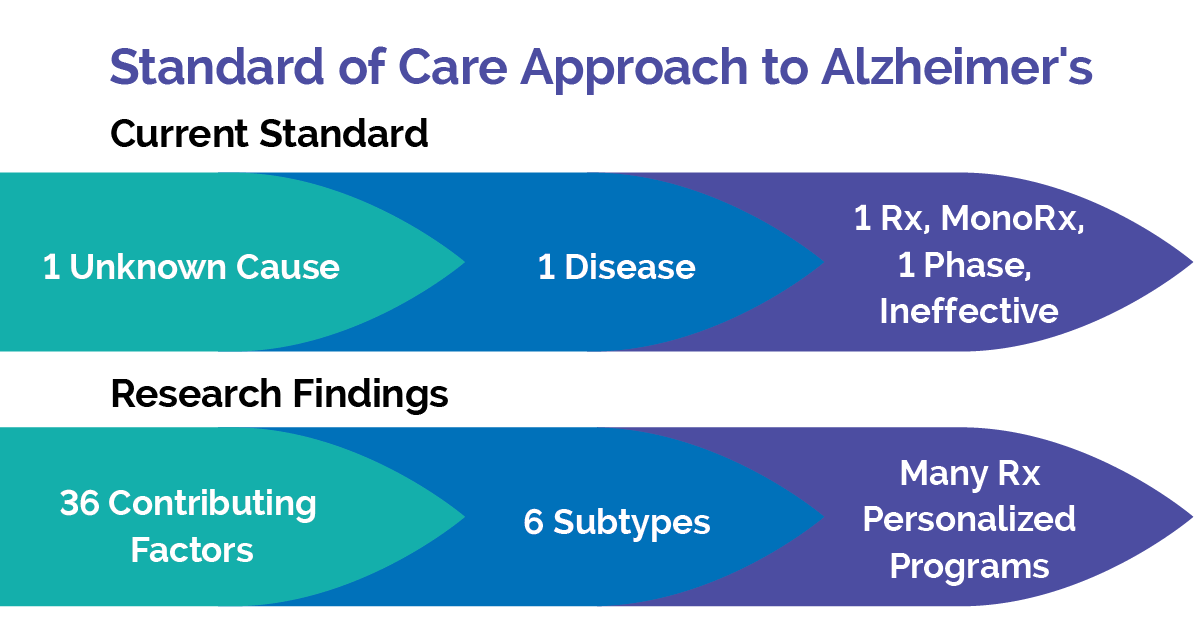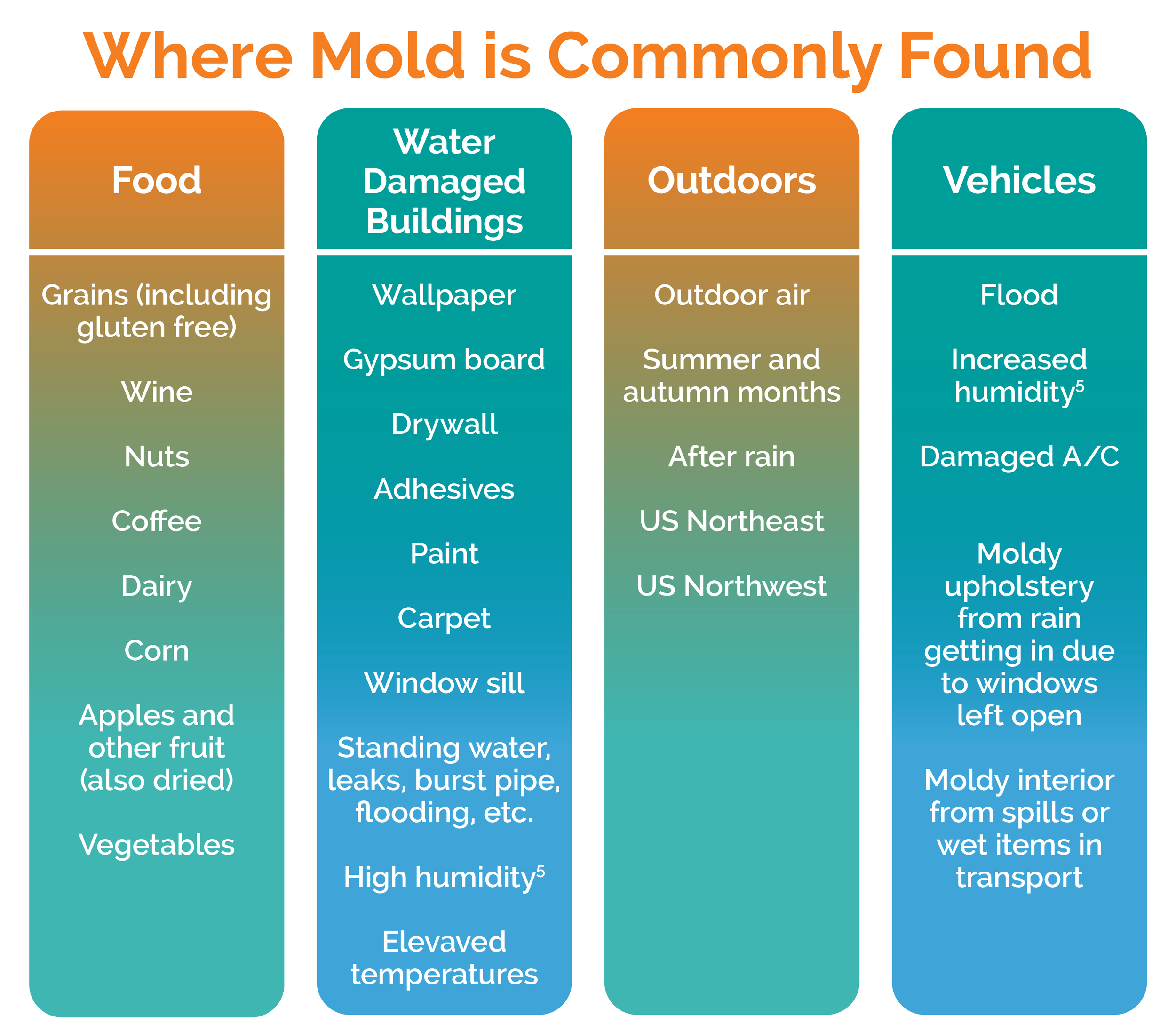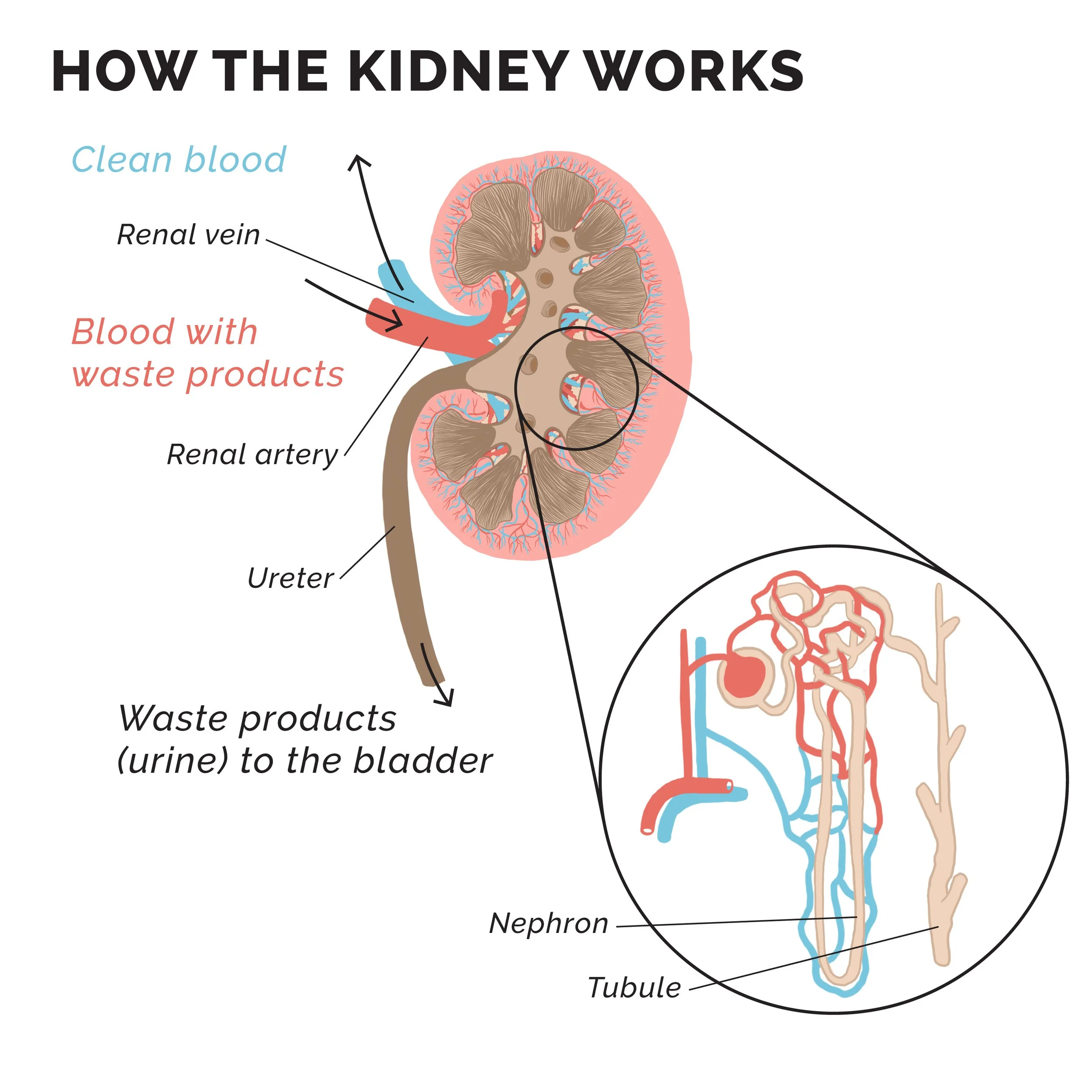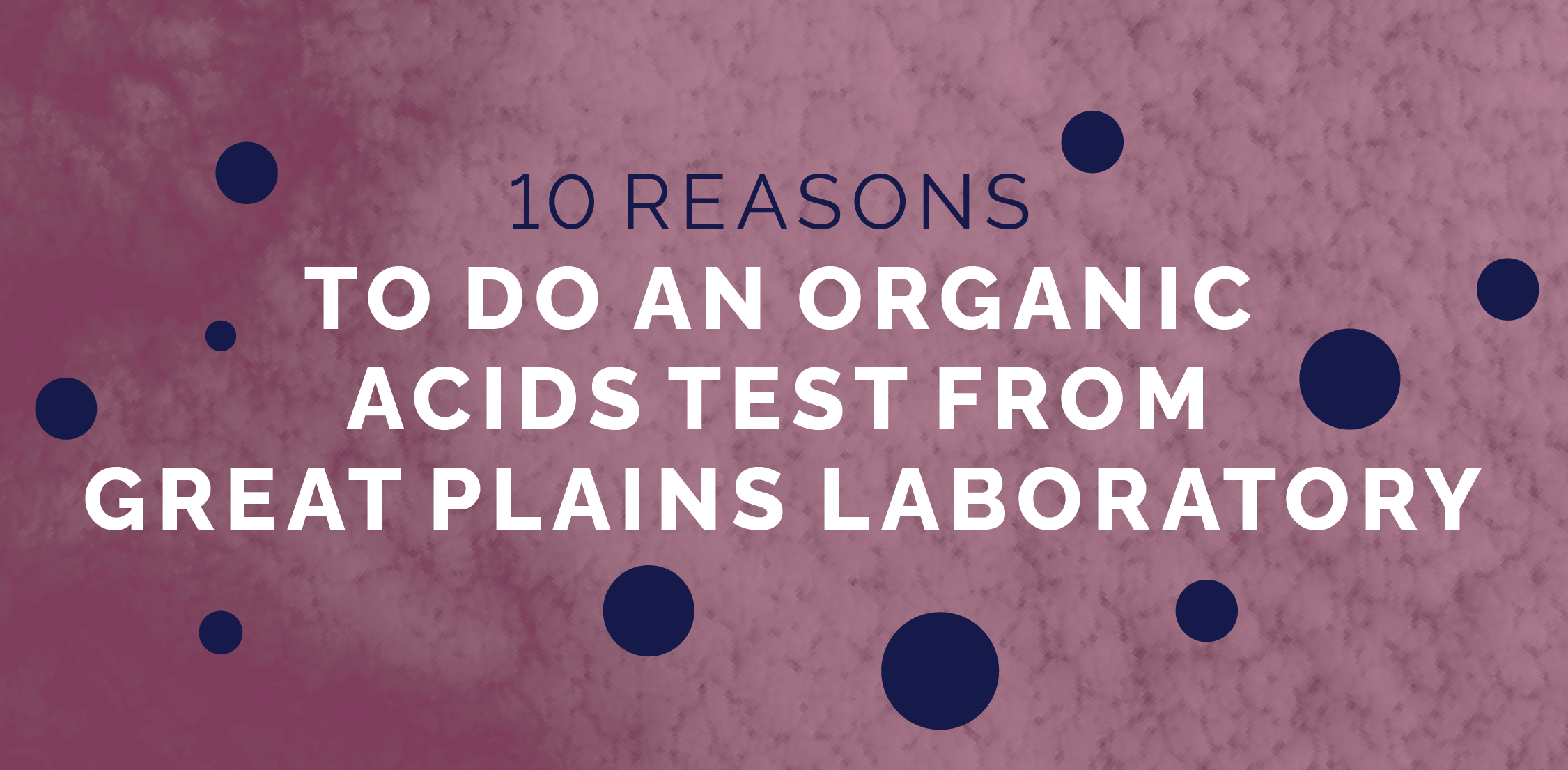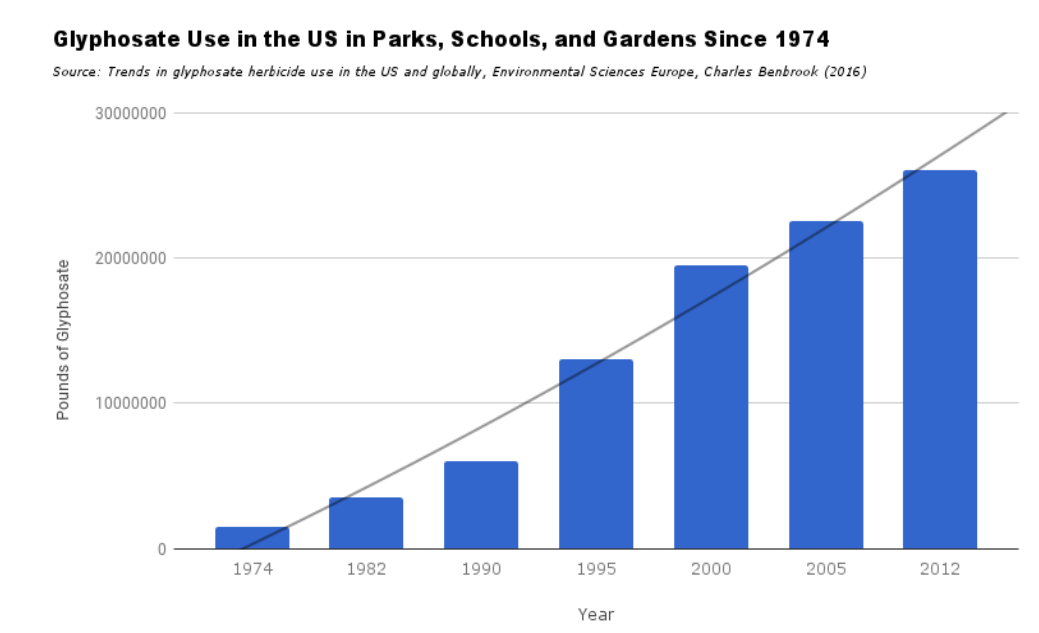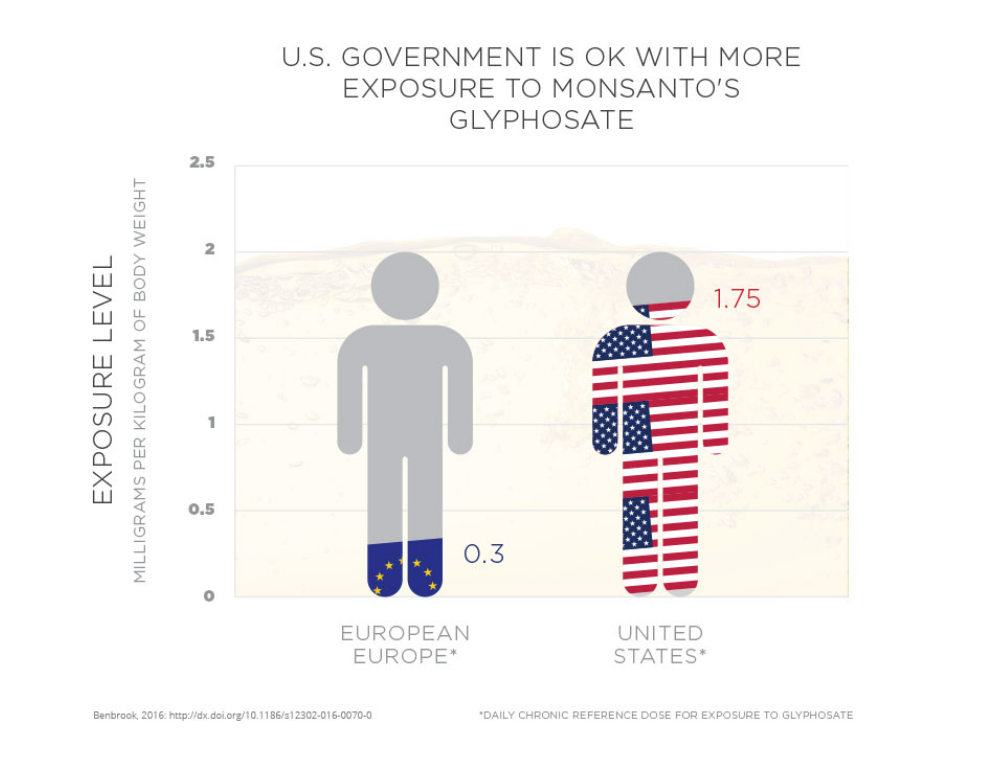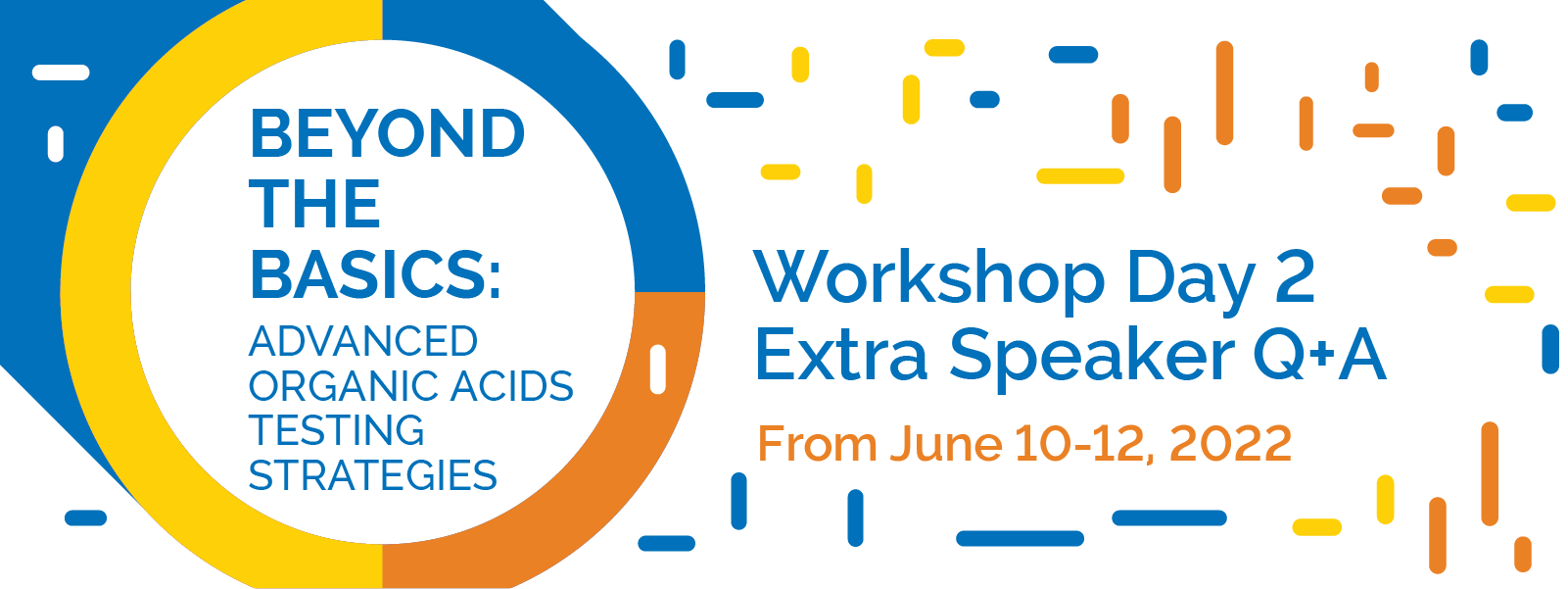BY: Jean K. Lawrence, ND, NMD, PhD, DACBN
If you’re anything like me, doing the functional medicine thing all the time and loving it, you will notice some things. You will have patients on both ends of the spectrum – either they get amazingly better with little to no intervention on your part, or they are frustratingly difficult to figure out. We tend as practitioners to focus on our successes, but those failures are what keep us up at night. We can’t stop desperately searching for answers because most of us want to fix everyone.
I used to think that doing bloodwork would solve 99% of my patient’s issues. Then I slowly expanded into doing heavy metal hair analysis, then hormone testing, and that made up the bulk of what I assured patients would give me the solution to their health problems.
I quickly learned that our environment and the growing number of toxicants had to be addressed. Patients are becoming more and more complex with more and more syndromes and diagnoses that are increasingly difficult to navigate in the (1) time you have available to see them and (2) the amount of money they can spend on testing.
In my practice, Lawrence Health and Wellness, some patients virtually check off every single symptom on my 13-page intake form. Where to start is the question.
My Environmental Medicine Health Protocols
I always start with a thorough health history, and discovered along the way that I needed to ask the questions that had either never been asked of the patient, or hadn’t been previously thought of.
I Ask My Patients These Questions
What is your home’s source of water?
Do you use or have you used in the past any pesticides or insecticides in your home or office?
Do you use a lawn service or personally use weed killers?
Have you ever lived in a house that has had water damage?
Patients are stunned that you would ask them these things, because no other doctor has ever done so. They cannot make the connection between the answers to these questions and their current health status – but we can!
When I started using Great Plains Laboratory testing, now Mosaic Diagnostics, several years ago, I was excited to find a lab focused on environmental medicine. I knew that environmental toxicants negatively impacted my patients, but I was just scratching the surface by recommending liver detoxes. Today, I use a full menu of environmental medicine health tests to get to the root cause triggering a plethora of illnesses like Lyme Disease, autoimmune disorders like Hashimoto’s, Leaky Gut, Depression, and nutritional dysfunction.
What is the Future of Functional Medicine?
Being on the speaker’s circuit, I encounter many doctors who want to know the future of functional medicine – and my immediate reply is that it is environmental medicine. I am the only doctor within a 90-mile radius that does testing of this sort and have seen amazing outcomes. I like to tell patients that they are “a 1000-piece jigsaw puzzle and I only have 500 of those pieces” in their intake forms, so further testing is required.
I also tell them that “if we don’t know where we are, we don’t know where we are going.” Patients need answers, and they are tired of “Dr. Google” confusing and scaring them. Watch the video below to learn the various tests I use on a regular basis to base my environmental medicine practice on a solid foundation.
I’ll share the tests I use and why these extra “tools in your toolbox” will take your practice (and your patients!) where they need to be. I believe our job as environmental health and functional medicine practitioners is to be thorough detectives.
My new patient intake form is 13 pages and I spend a minimum of 90 minutes diving deep into the patients’ history, home and work environment, lifestyle, habits, and mental wellbeing.
Watch this short video, explaining which Mosaic Diagnostics, formerly Great Plains Laboratory, test I order frequently to learn the root cause creating issues for my hard to diagnose patients.
Dr. Jean Lawrence describes the environmental medicine tests she relies on to get to the root cause of her patients’ issues.




















